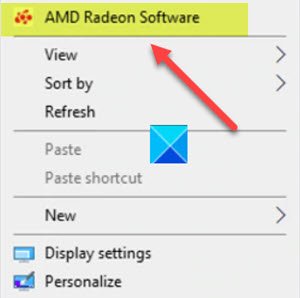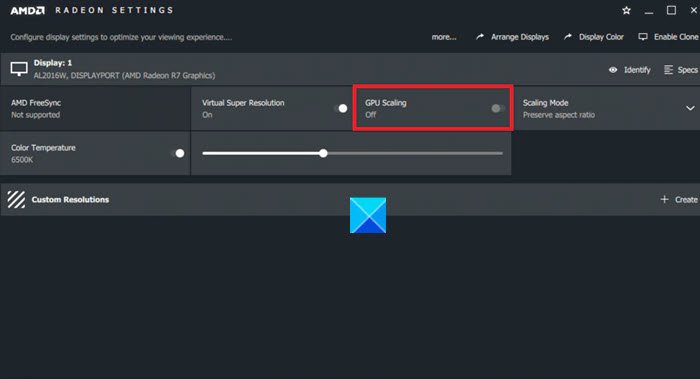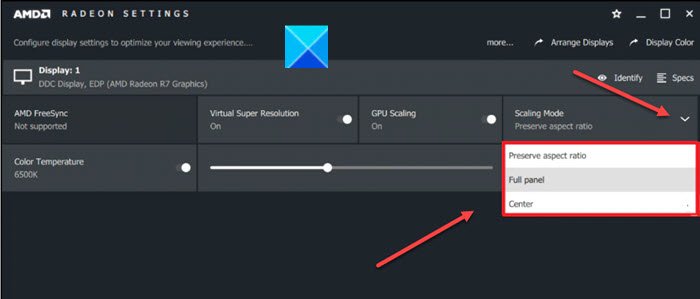When your monitor doesn’t support certain resolutions, you see images that don’t fit the screen completely or lack the sharpness you’d otherwise expect. It then becomes necessary to enable GPU scaling as it lets you experience fine-tuned graphics and image output regardless of the resolution. Here’s the trick to help you get started.
Enable GPU Scaling in Radeon Software
Gamers like to experience the best graphics possible but blurred or stretched-out images with bad resolutions can kill all their enthusiasm. GPU scaling is an option that can help them adjust the game’s aspect ratio according to their monitor’s resolution.
- Go to AMD Radeon Settings.
- Choose Display.
- Switch to GPU scaling.
- Toggle the GPU Scaling option to On.
- Select the desired mode from the Scaling mode setting.
- Save the settings and exit.
With GPU scaling it’s possible to maintain high-quality image output on-screen
Games that run on lower aspect ratios of 5:4 or 4:3 may appear stretched out with pixelated images on a 16:9 screen setting. If you have an AMD graphics card, you can control these settings and manage GPU scaling options via AMD Catalyst or via AMD Radeon Graphics.
Before proceeding with the steps, you need to have your monitor directly attached to the graphics card adapter via DVI, HDMI, or DisplayPort. In addition, the latest supported graphics driver for the AMD Graphics product must be installed.

On your Desktop screen, right-click in an empty space and choose AMD Radeon Settings.
When the Setting window opens, switch to the Display tab. The tab allows you to configure display settings to optimize your viewing experience.

Under it, move to the GPU Scaling tile and toggle the GPU Scaling option to On position.

Once GPU Scaling is activated, you’ll need to select the desired mode from the Scaling Mode drop-down menu. The following scaling modes are available.
- Preserve aspect ratio – This mode expands the current image to the full size of the monitor while maintaining the aspect ratio of the image size by displaying black bars on the left and right sides.
- Center – This option turns off image scaling and centers the current image for non-native resolutions. You will see a black border around the monitor.
- Full panel – As the name suggests, the mode expands the current image to the full size of the monitor for non-native resolutions. You’ll see the screen stretching to fill the monitor.
Choose the desired mode to apply the changes immediately and close Radeon Settings to exit.
That’s all there is to it!
Now read: GPU Scaling vs Display Scaling explained.